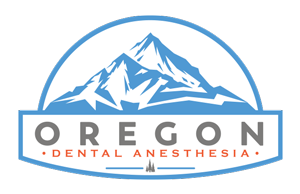What Is a Dentist Anesthesiologist?
Dentist anesthesiologists are licensed dentists who have completed an undergraduate degree and also a doctoral degree in Dentistry (recognized as a DMD or DDS). Currently, dental anesthesia programs must comply with Graduate Medical Education (GME) standards.
Dentist anesthesiologists must complete a 2-3 year anesthesia residency after obtaining their DMD or DDS designation. Dentists anesthesiologists are trained with medical anesthesia residents – often, the residents are treated interchangeably for all medical and dental anesthesia cases, as was the case for Dr. Kobernik.
While in residency, Dr. Kobernik was chief resident of his program and part of the house staff at Level 1 Trauma Hospital, NYU – Langone, Brooklyn. He provided all levels of anesthetic care to patients having every type of procedure in the hospital – from colonoscopies, cancer related surgeries, and craniotomies to developmentally delayed patients of all ages and pediatric dentistry.
The following information is a comparison of training that dentist anesthesiologists have to complete in comparison to other providers of anesthesia:
- Dentist Anesthesiologist – 800 General Anesthesia cases, 125 pediatric cases <7 years old, 36 months of residency total
- Medical Anesthesiologist – No minimum number General Anesthesia cases, 100 pediatric cases <12 years old, 48 months of residency total
- Certified Nurse Anesthetist –400 General Anesthesia cases, 40 pediatric cases <12 years old, 24 months of residency total
- Oral and Maxillofacial Surgeon – 300 General Anesthesia cases, 50 pediatric cases <18 years old, 5 months of anesthesia rotation within a 48 month residency total
As you can see, the training of a dentist anesthesiologist when it comes to general anesthesia cases is competitive to that of other anesthetic providers. In addition, the requirement for dentist anesthesiologists is not only a greater number of cases for pediatrics than a medical anesthesiologist, but also includes much younger patients. In addition, Dr. Kobernik’s residency included a 10 month mobile practice component where he went into private pediatric, general dental, and oral surgery practices to provide anesthesia to patients.
After successful completion of a residency in anesthesia, the dentist anesthesiologist becomes board eligible, which means they can apply to take the written exam and the oral exam to become board certified. The examination occurs in two parts – the written exam is given near the end of the residency completion and with successful completion of the exam, the dentist anesthesiologist becomes eligible to take the oral board exam, scheduled for the following year. Dr. Kobernik passed the written board examination in May of 2018 and is eligible to take the oral board examination in May 2019. Upon successful completion of both parts of the exam, he will be considered a Board Certified Dentist Anesthesiologist.
Dentists who take weekend seminars or continuing education to learn oral and/or IV Moderate Sedation are not board-eligible. Although these dentists may present themselves as “sedation dentists” or “sleep dentists,” they do not have near the education and experience necessary to be a dentist anesthesiologist.
The role of the dentist anesthesiologist is to provide anesthesia for dental procedures and oral and maxillofacial surgery in a dental offices setting, an ambulatory surgical center, or in a hospital.
In fact, dentist anesthesiologists have extensive expertise outpatient anesthesia, anesthesia outside of the operating room, and especially treating children and patients with special healthcare needs.
Dentist anesthesiologists are required to treat more children and developmentally delayed patients while in residency than physician anesthesiologists. It is important for dentists and patients to recognize the value of the role of a dentist anesthesiologist when determining the best care for their patients in the office setting.

